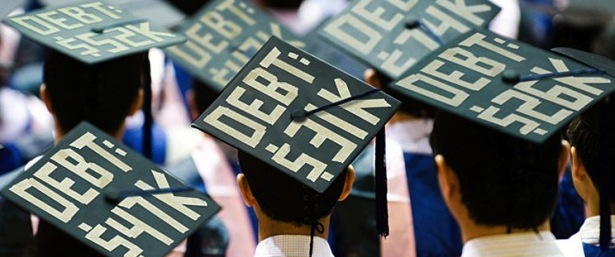BY COLLEGE MEDIA GROUP
Costs associated with attending college have skyrocketed in the 21st century, with prices seeing a steady increase since Y2K. Despite this, enrollment has been on a slight decline over the past eight years.
According to data from the College Board, 2010-11 enrollment was at 25.2 million in the United States, and by the 2017-18 school year, the number dropped by 3 million to 22.2 million. But costs have continued to rise, with a 125 percent difference between 2000-01 and 2016-17. The average went from $6,010 for tuition and fees to $13,544 in the same time period, according to the Institute for College Access & Success. Those statistics don’t account for cost of living, which brings the price tag even higher. In 2000-01, average room and board costs were $5,244, but in 2016-17, that amount doubled to $10,539.
Tiffany Jones, director of higher education policy at Education Trust, wrote in a New York Times op-ed that lower- or middle-class students and families are left behind as college prices increase higher than wages.
“Less recognized but just as devastatingly widespread is the unaddressed shadow crisis of nontuition costs, like housing, food, books and transportation (as well as child care),” Jones wrote. “These necessities — often rendered ancillary fees by rich or upper middle-class parents who can pick up the tab as their children focus on class — are rarely covered in even the most generous of states.”
These issues create a more broad racial divide, as statistics from Education Trust show a gap between white students and students of color when looking at completion of degrees. Education Trust offers an interactive map that can give more insight on how each state deals with racial equity in higher education. Diversity in enrollment has seen a positive increase in recent years, but statistics from NCES show that college students are still overwhelmingly white.
“The gap in funding has passively created a disincentive for members of working-class communities, particularly those of color, to enter higher education,” Jones continued in her article. “Those who enroll instead of taking up the stagnant wage work that, ironically, they are told college will help them escape, often risk financial doom,”
Tuition costs have been a hot topic for federal politics, with many of the 2020 Democratic candidates coming out in support of free public tuition and a restructuring of student loans.

